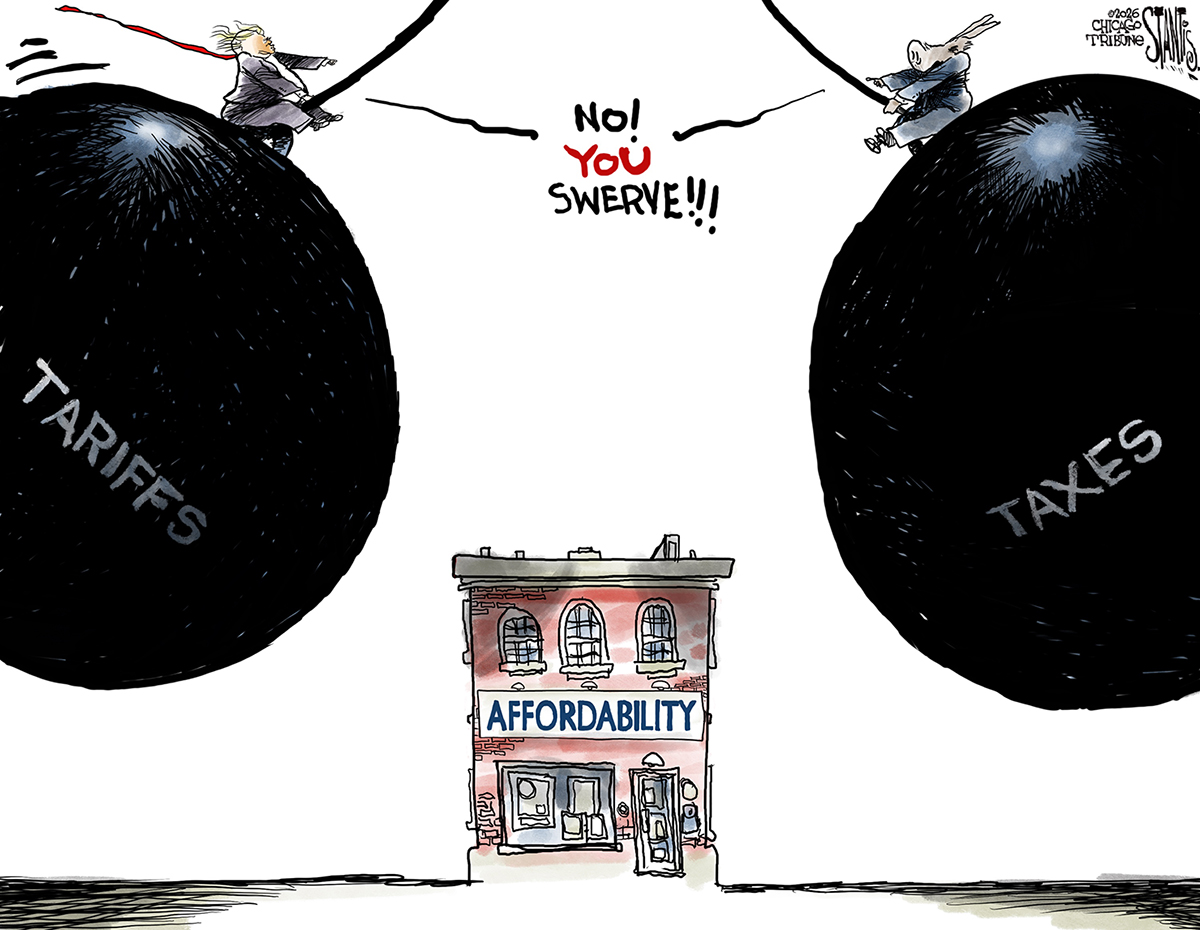11 remnants of the Bastille you can still see today
A piece of the French prison's actual moat wall? You'll find it in the subway.


On July 14, 1789, the French Revolution began with the storming of the Bastille prison. The Bastille has become such an important historical symbol that visitors to Paris seeking to get a look inside the fortress are often surprised to discover that it's no longer there — it was demolished soon after its fall. But there are still a few places where you can see a piece of the original.
1. MODEL CARVED FROM ORIGINAL STONE AT THE MUSÉE CARNAVALET
Pierre-François Palloy, otherwise known as the first capitalist entrepreneur of the French Revolution, secured the contract to oversee the dismantling of the Bastille and immediately began collecting objects and materials from the structure to sell as souvenirs. He also presented objects as gifts to various organizations and dignitaries. Many have disappeared or are still in private hands, but the Musée Carnavalet in Paris has some of these objects, including this model of the Bastille carved from a Bastille stone.
The Week
Escape your echo chamber. Get the facts behind the news, plus analysis from multiple perspectives.

Sign up for The Week's Free Newsletters
From our morning news briefing to a weekly Good News Newsletter, get the best of The Week delivered directly to your inbox.
From our morning news briefing to a weekly Good News Newsletter, get the best of The Week delivered directly to your inbox.
2. MEDALS AND OTHER OBJECTS AT THE MUSÉE CARNAVALET
The Musée Carnavalet has various other small objects Palloy fashioned from Bastille materials, among them medals said to be cast from the chains that once held prisoners there. This one is signed, as many of his pieces are, "Palloy the Patriot."
3. STONE AT THONON-LES-BAINS
A free daily email with the biggest news stories of the day – and the best features from TheWeek.com
Palloy sent inscribed stones to all the districts of the new French republic. Many of them were lost over the tumultuous next decades, but some can still be seen. This stone in the town of Thonon-les-Bains on Lake Geneva was hidden away during the Restoration in 1815, and was later found, badly damaged, in a garden before being installed in a wall of the old castle of Thonon.
4. STONE AT THE HOTEL DE VILLE IN PONTOISE
This Bastille stone, in which is set a copy of the Declaration of the Rights of Man, can be seen at the Hotel de Ville in this suburb of Paris.
5. CLOCK AT THE MUSÉE D'ART CAMPANAIRE
The Musée d'Art Campanaire (a museum of clockworks and carillons) in L'Isle-Jordain ended up with the clock bells and pulley system from the Bastille.
6. STONES OF THE PONT DE LA CONCORDE
Much of the masonry rubble not made into souvenirs went into the construction of this sturdy bridge over the Seine.
7. TOWER STONES AT SQUARE HENRI-GALLI
During excavations for construction of the Paris Metro in 1899, stones from one of the Bastille's eight towers were discovered and later moved to a park for display. They can still be seen, looking rather modest, at Square Henri-Galli.
8. OUTLINE ON RUE SAINT ANTOINE
If you go to the place where the Bastille once stood, you won't see any of the original structure, but you can see the ground it covered. The perimeter of the fortress is outlined in paving stones in the street.
9. OUTLINE IN BASTILLE METRO PLATFORM
The outline of the original moat walls are also traced underground, on the metro platform.
10. PIECE OF FOUNDATION IN METRO
You can also see a piece of the actual moat wall, found during construction of the metro station.
11. KEY AT MOUNT VERNON IN VIRGINIA
The Marquis de Lafayette was a French nobleman who fought by the side of George Washington in the American Revolutionary War and later became a leader in the French Revolution. He obtained one of the main prison keys to the Bastille shortly after it fell. He sent the cast iron key to Washington, his beloved mentor and idol, and Washington had it installed in a place of honor at Mount Vernon when he retired.
Arika Okrent is editor-at-large at TheWeek.com and a frequent contributor to Mental Floss. She is the author of In the Land of Invented Languages, a history of the attempt to build a better language. She holds a doctorate in linguistics and a first-level certification in Klingon. Follow her on Twitter.
-
 Political cartoons for January 18
Political cartoons for January 18Cartoons Sunday’s political cartoons include cost of living, endless supply of greed, and more
-
 Exploring ancient forests on three continents
Exploring ancient forests on three continentsThe Week Recommends Reconnecting with historic nature across the world
-
 How oil tankers have been weaponised
How oil tankers have been weaponisedThe Explainer The seizure of a Russian tanker in the Atlantic last week has drawn attention to the country’s clandestine shipping network
